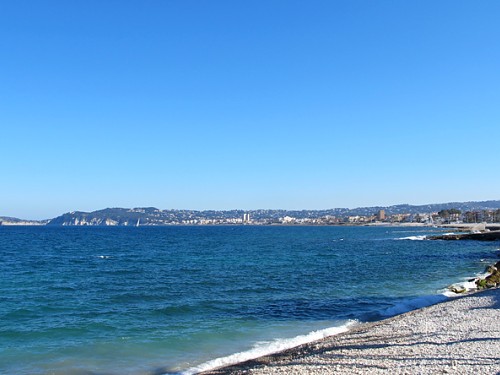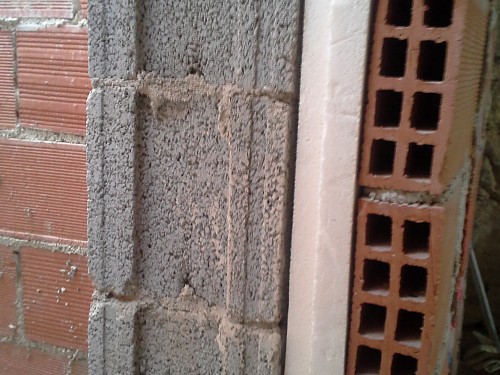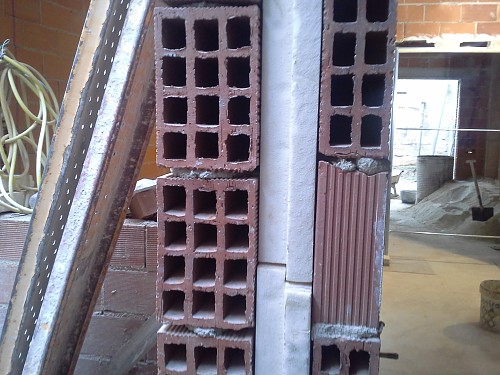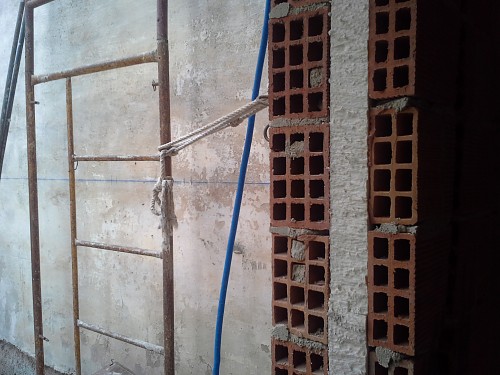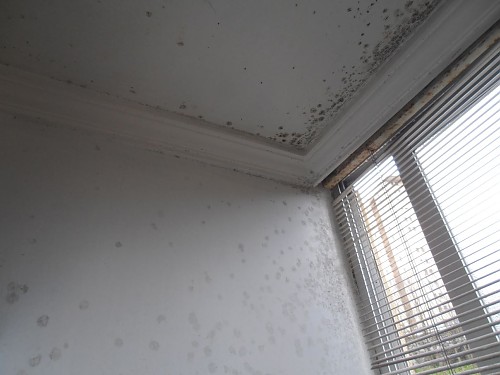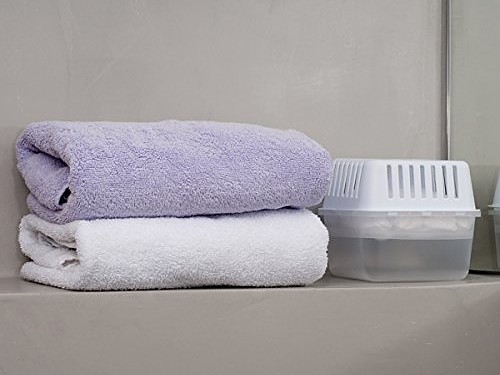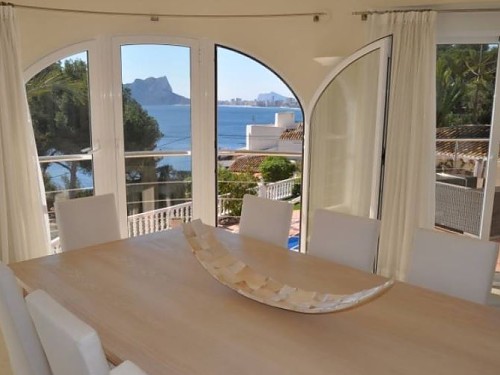How to avoid humidity in your house
We feel privileged to live and work in Jávea, with its landscape, its coast and also its mild climate all year round. But it must be recognized that it also has some disadvantages and one of them is the environmental humidity (of course, we are next to the sea). This humidity sometimes causes problems in homes and also in the health of the people who live in it. We talk about the types of humidity and how to prevent it in this post.
Types of humidity
First of all, you have to know that there are different types of humidity in homes.
- By filtration: they are very common in cellars, basements or garages, due to their greater contact with the earth. When the walls of a room, located below ground level, are in permanent contact with damp earth, this type of humidity is caused. The main cause of moisture by infiltration is a non-existent or efficient insulation.
- By capillarity: it occurs when the water rises through the ground through porous materials such as joints or brick or also by the breakage of a pipe.
- By condensation: it occurs when the water vapor existing in the environment inside the houses condenses. We recognize it because the spots that form are small and dark, like small dots, on the coldest walls of the house.
To prevent moisture and water infiltration from the outside, at Construcciones Cholbi we build the walls with a chamber whenever possible, with the most insulating materials and we have also begun to waterproof the terraces with synthetic PVC, as we tell you about in this post. We also recommend to our clients the use of PVC in exterior carpentry, as it is more insulating than aluminum. We talk about it here.
But in any case, and even if we put the technical means at our disposal, humidity can appear due to condensation, since this type of humidity is generated inside the house.
Some tips to prevent moisture from condensation
- Ventilate every day: it is enough to ventilate for 10 minutes, especially after showers in the morning. It is important to open all the windows well and that the air flows without difficulty between the rooms. That is, cross ventilation.
- Using electric dehumidifiers: it is a quick way to lower the level of environmental humidity. In the electric dehumidifier, we can also see the percentage of humidity in the house. Although it is advisable not to exceed 55% relative humidity, in a house in Jávea near the sea it may not be possible to lower it so much. Another cheaper option (although not as effective) are the moisture absorbers that are sold in supermarkets or hardware stores and are perfect to put inside the cabinets.
- Hanging clothes outside: wet clothes give off water vapor that can accumulate on the walls of the house. The clothes, better to dry it on the terrace or gallery.
- Use the kitchen extractor hood, especially for long cooking in which a lot of steam is released. Another option is to put the lids on the pans.
- Use the coffee maker efficiently: it is best that the temperature in winter is not too high (19-22 degrees is more than enough) and that you do not use it intermittently. It is better to put the heating not very high but for a longer time. We can also use the "dry" or dehumidifying function that many air conditioners have. If you are going to install radiators, it is best to put the devices under the windows. Avoid butane gas stoves, as they emit water vapor and generate humidity.
By following these tips and with the insulation that we achieve in our new constructions, we hope that the comfort in your home will be the maximum, and that you only have the sensation of humidity when you are taking a walk through the Port of Jávea. If you need more information, do not hesitate to contact us.
